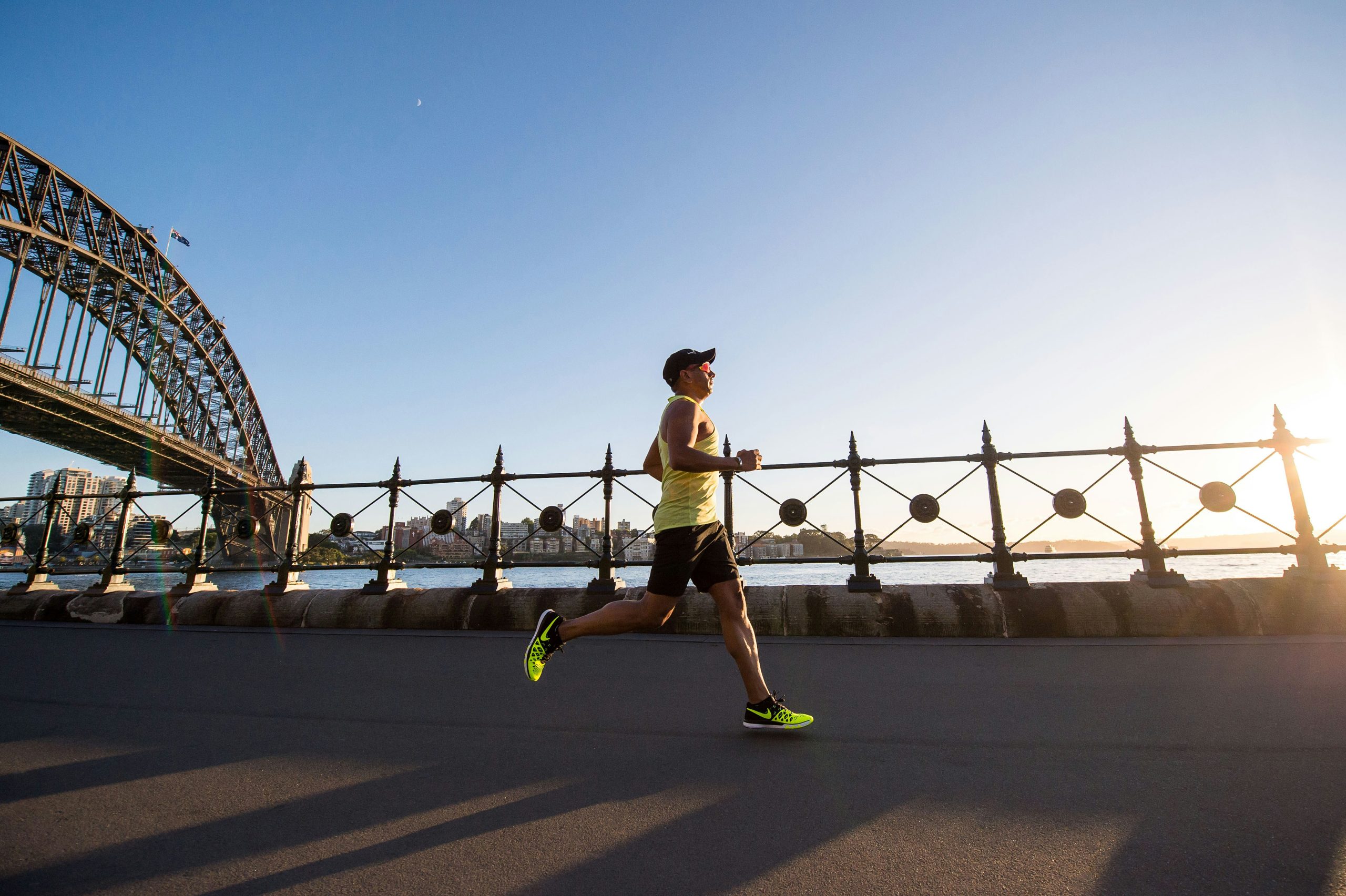Keep Air Quality in Mind When Exercising Outdoors
Keep Air Quality in Mind When Exercising Outdoors
When the weather is nice, many people want to shift their exercise from indoors to outdoors. There are a lot of benefits to it, such as varied surroundings and surfaces, mood-elevating sunshine, and even a greater incentive to stick with it and go farther, whether you’re walking, running or doing more stationary exercises. However, should a bad air quality report keep you inside? The answer is: it depends! The ability to exercise outside depends on a number of factors such as location, timing, and equipment. A free and easy way to check air quality and receive updates is from airnow.gov. Using an Air Quality Index (AQI) as a measuring tool ranging from 0-500, your local forecast and larger maps can be color coded to show whether an area is good (green), moderate (yellow), unhealthy for sensitive groups (orange), unhealthy (red), very unhealthy (purple), and hazardous (maroon). You’ll definitely want to keep AQI between 0-50 if you are more sensitive, but healthy and active athletes can keep going in conditions up to 100 with the right equipment (masks–see below).
First of all, here’s what science says. Sixteen studies completed between 2000 and 2020 on the short-term health effects from exposure to air pollution during outdoor exercise were chosen for review. Nine of the 16 papers reviewed demonstrated that exercising outdoors in air pollution results in short-term (temporary) health effects, with lung function impairments being the most observed. The seven other papers, which looked at different health effects, such as inflammation and blood pressure, found no effects. Besides being nearly evenly split, there was another unexpected result: healthy people who did moderate to high intensity exercise outdoors in low or high levels of air pollution experienced less health effects than when doing low-intensity exercise. Experts had expected to find the opposite: that low-level exercise afforded less adverse health effects. This seems to show that deep breathing of semi-polluted air does not seem to negate the good effects of exercise.
While exercising is a good thing, those who are older or are unusually sensitive to air pollution should avoid prolonged and intensive exercise or physical activity when the air quality is moderate or higher. (Should You Exercise Outside in Air Pollution?) For everyone else, here are some tips to getting your workouts outdoors with the least air pollution.
Location, location, location
When setting goals to exercise outside, it’s important to have location options and check the air quality in each of them. If you can find a green area like a large park, chances are that it’s going to have better air quality than a track next to the highway. Coastal routes near water and marshes also are good filters for air pollution. This is where an AQI map of your area comes in handy, because you can head to the green areas right away!
Timing, timing, timing
Like the weather, air quality changes constantly in many locations. That run route you wanted to do during rush hour in the morning might be clearer at noon or 2pm, so don’t lose hope! When you can be flexible, there’s a greater chance of making your favorite routine work.
Duration
If you decide to exercise outside but the air quality is closer to 100 than to 0, consider exercising at a lower intensity or shorter duration.
Equipment
City- and valley-dwellers admittedly have a harder time finding clean air for exercising outside. However, masks have evolved and certain kinds are much more comfortable and adaptable for exercise use. They must fit properly, however, and make a tight seal in order to do their job. Here are some masks that have good reviews for exercising:
Cambridge Mask Company, $33, make masks that are very well-suited for more polluted areas because they have a 3-layer microfilter for particulates, plus a layer of activated carbon, which not only removes smells but also some VOCs and NOx that are troublesome in high-traffic or smoky areas. The valved mask styles are recommended for high-intensity exercise. They are washable and reusable for up to 340 hours, which is around 3-6 months’ average wear.
Airweave masks by AUSAIR, $30, are very light and have a copper filter that protects from bacteria, viruses, air pollution down to PM0.1, smog, cigarette smoke, bushfire smoke, and pollen. The copper filters last 20 days each and come in a 3-pack for $18.
FuturePPE Mesh Sports Mask with 5-Layer Carbon Activated Filter, $19, blocks airborne particles, dust, and pollution. It fits snugly and a 12-pack of replacement filters are on sale at $15.
N95 and P100 masks are also sufficient to filter the particles of air pollution, but they don’t actively remove gasses like VOCs and NOx as a mask with activated carbon in it.
Particles can also stick to your clothing, so it’s best to launder them every time you come inside after exercising.
When one or more of these conditions don’t align to let you go outside, remember that without active filtering, air pollution eventually also makes its way inside. Therefore, use that mask indoors or try to find a gym or studio that uses air purifiers. You may be in the minority wearing a mask indoors, but your lungs, heart and stamina will shine when you can power through a workout without “choking”.

